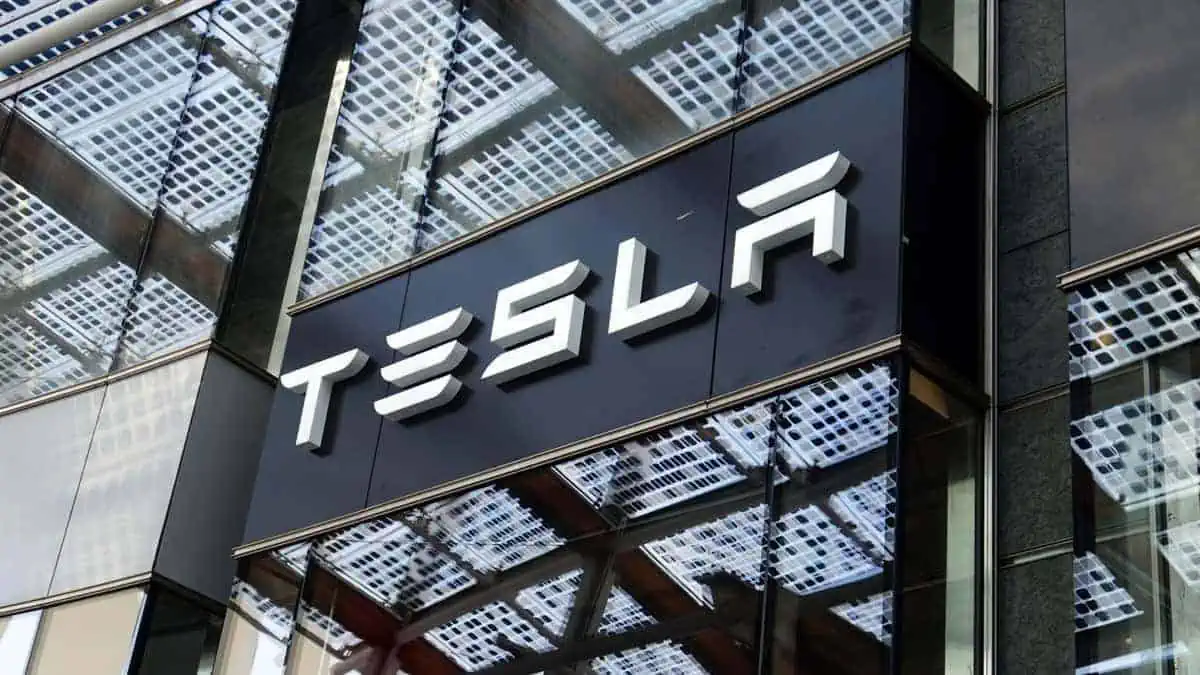Leading American automaker Tesla and its Japanese battery partner Panasonic will reportedly receive tax credits of approximately $1.8 billion under the US Inflation Reduction Act in 2023, BNN Bloomberg reports citing Benchmark Mineral Intelligence.
“Biggest winners” of the IRA
That amount demonstrates a significant difference from the General Motors–LG Energy Solution duo’s qualification for $480 million in tax credits. Apart from that, it ultimately advanced Tesla and Panasonic’s position as the biggest winners of the IRA incentives.
Interestingly, the report revealed that Ford would not qualify for any statutory battery credits until 2025.
As we already know, the IRA offers significant incentives to electric automakers and battery suppliers that conduct domestic production. The more US-made electric vehicles and power batteries they generate, the more tax credits they will receive.
That said, it is unsurprising that Tesla secured the biggest credit as it is the largest American automaker in the US, with the batteries sourced from its own Gigafactory in Nevada.
“We’re pretty well-positioned over the coming years to take advantage of this.”
Tesla CFO Zachary Kirkhorn told investors in January (via BNN Bloomberg)
So what?
Tesla stated that it aims to allocate the funds it would receive from the US tax credit to aid its effort in further reducing costs for customers. Notably, it is under the company’s wider strategy to compromise short-term profits, which it believes would improve sales amid inflation and market competition.
As a result, rival automakers will be compelled to lower their EV offerings’ costs. Although it would aid customers to afford the vehicle, the potential price cuts would also cause further financial issues for the automakers.
See Also:
- Here’s how much money you can get with the Inflation Reduction Act
- The US EV battery sector might gain $100 billion from the Inflation Reduction Act
- Tesla expects to meet the requirements for the Inflation Reduction Act fully
- BofA Global says Inflation Reduction Act could shift EV battery composition
- Electric vehicles that qualify for the federal tax credit of up to $7,500
Giga Nevada is undoubtedly a significant driving force on Tesla’s domestic car production. Still, the automaker strives to improve the localization of the battery production supply chain. For instance, Tesla recently began constructing its new Lithium Refinery in Corpus Christi.
In contrast, some legacy automakers cannot take advantage of the IRA as fast as Tesla because they have been reluctant to fully join the EV transition, like Toyota.






